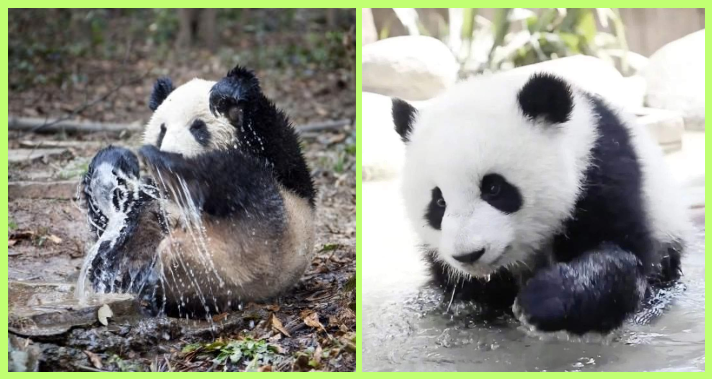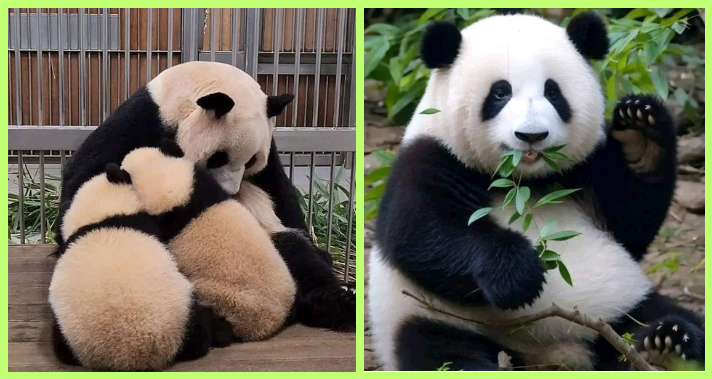Pandas are gentle animals that inhabit quiet mountain forests that are full of bamboo. They move slowly, eat quietly and live in relative solitude. Unlike many other animals, panda does not roar very much and does not call very often. Their communication is soft and gentle and quite often silent. They are relying on subtle sounds, body language and scent to express themselves. This quiet nature is in perfect harmony with their quiet environment and simple lifestyle. This blog discusses why panda does not make loud sounds and why panda prefer to communicate in a quiet manner.
Why Pandas Rarely Make Loud Sounds?
Pandas are calm creatures. They do not live in groups or in large families. Most of the time, a panda lives alone in the bamboo forest wandering peacefully. Because they do not need to defend a territory in an aggressive way, or to hunt other animals, they do not have any reason to make loud noises. Their quiet nature is in line with their slow and peaceful nature. Another tactic to survive is loud sounds draw attention so pandas prefer to not get noticed. Silence therefore keeps them safe from predators and allows them to live calmly amongst the tall bamboo.
The environment of the panda plays an important role in the communication of a panda. The bamboo forests are dense, cold and filled with mist. Sound does not carry very far through thick plants and trees. Loud calls wouldn’t be very useful here as it would be blocked by the forest. Instead, the sounds used by pandas are soft and carry the right amount of distance needed to another panda in the vicinity. They do not have to scream at each other on open ground and great distances as other animals do. Their world is silent and their voices echo that silence.
#1. It’s time to eat watermelon

Panda’s eat bamboo all day long but bamboo has very little energy. For this reason, they must conserve as much energy as they can. Making sound at a high level requires a lot of energy. Shouting, roaring, or calling over and over would burn calories that pandas cannot afford to burn off. And by maintaining a quiet demeanor, what would more effectively do a panda’s efforts is to conserve energy for what is more important, such as eating, climbing or resting. Being quiet is part of their life to survive. Every action they take helps their need to save energy, and this includes the way they communicate.
#2. Baby panda looks so adorable with dummy panda

Instead of using sound, panda heavily uses scent marking for communication. They have smell glands near their tail which produce special smells. They rub these scents on trees, rocks and ground. These marks tell other pandas who they are, where they have been and even if they are ready to mate. This mode of communication is silent and very efficient. It enables panda to send messages without being seen or heard. The smell lingers for many hours or days, which means that even if panda are far away from each other, they can still make sense out of each other.
#3. Baby panda playing with mother panda
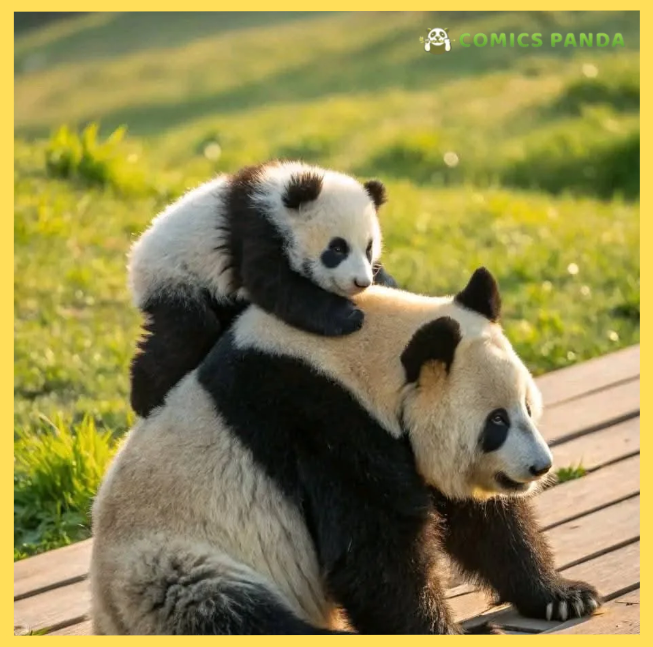
When panda do make sounds some them are usual soft and low. These sounds are used for short distance communication between, for example, a mother and her cub or two pandas that meet by chance. Their voices are soft with their personality. The sounds are frequently used to convey such emotions as comfort, curiosity, or mild warning. Loud noises are seldom as there are no constant threats or competition for pandas in the silent forest homes.
#4. Twin panda looks so cute and adorable

Pandas also use their body language to state themselves. They are slow and easy to read their movements. When they wish to make themselves look calm, they sit quietly and chew bamboo without looking around. When they want to display alertness they will raise their head or stand erect on their hind legs to look around. These basic movements eliminate the need for yelling from one another. Pandas can convey mood or intentions purely by the manner in which they move, or the way they position themselves. Silence becomes for them their natural speech.
#5. Is there anything as beautiful as it?
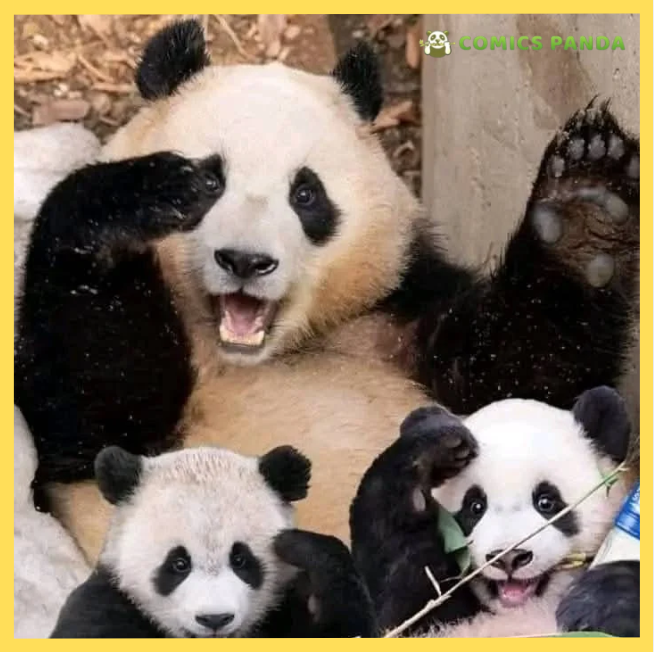
Silence enables the panda to be safe. Even though adult pandas are large animals, they are not aggressive fighters. They prefer to avoid trouble than face it. Predators or humans can be attracted to a foal from the noises it makes. By being quiet, pandas have a less probable chance of getting found out. Their black and white fur already helps them blend into their surroundings and locally they are very silent adding another layer of protection. In the wild it is one of the best strategies to stay alive, and go unnoticed.
#6. This is how mother panda carry the baby panda

The only time that pandas are a little bit vocal is during mating season. This is when they need to find each other through smaller distances in the forest. Even then their calls are not very loud. These are soft uttered sounds that travel the short distances needed to be heard by the closest panda. These calls are simple calls and do not last long. Once the message has been delivered, the forest is once again silent. The other part of the year, pandas return to their quiet life communicating to each other with scent and soft movements.
#7. Say something about this princess
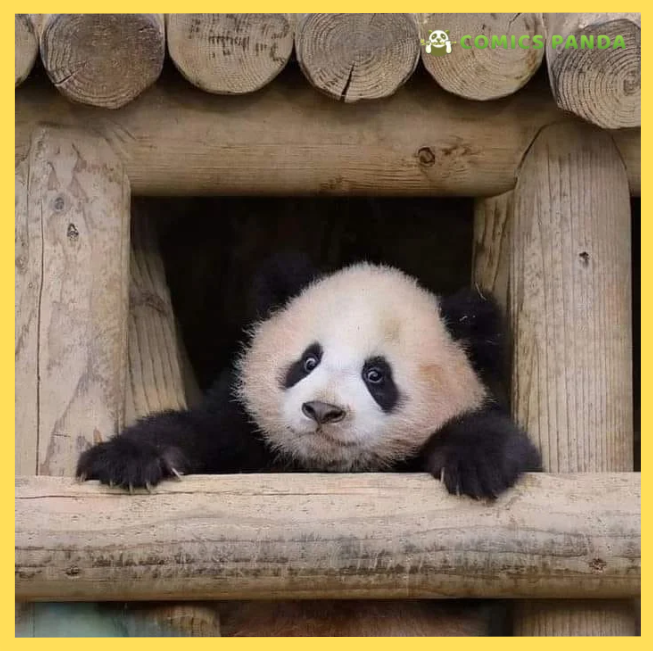
Everything about the world of the panda is slow, peaceful and balanced. Their eating, moving, and habits are all very sedate. Loud communication would not suit their character. They do not chase, hunt or fight. They do not fly far and do not congregate in huge numbers. Instead, they move slowly, eat at a slow pace, and rest frequently. Their lifestyle teaches patience to them and their way of communication also takes the same peaceful way. Their quiet sounds and gentle actions are perfectly adapted in the world they live in.
#8. This is pure love

Over the course of time, the pandas have developed and adapted to the environment of the high mountains. Their methods of communication have changed as well. Since there are few other pandas around, they do not require the constant vocal contact. Their scent marking and body language is sufficient to live and reproduce successfully. The dense forest also shelters them from harsh winds and loud echoes so that silence is natural. The mountain air, thick bamboo and mist create a world of peace and the panda’s silent communication fits perfectly into it.
#9. Just amazing

For pandas, peace is more than a way of life, it is an element of survival. By remaining calm and quiet, they avoid danger, conserve energy and live with nature. Loudness has no place in their world. The forest surrounding them is full of soft sounds such as wind, leaves, streams, etc. The panda belongs to this peaceful environment like a soft shadow passing through the green light. Their quiet nature indicates that communication does not always have to be loud and visible. It can be soft, constant and intimately connected to the environment. Panda tells us that sometimes silence is also a very powerful word.
#10. Plan to being productive today
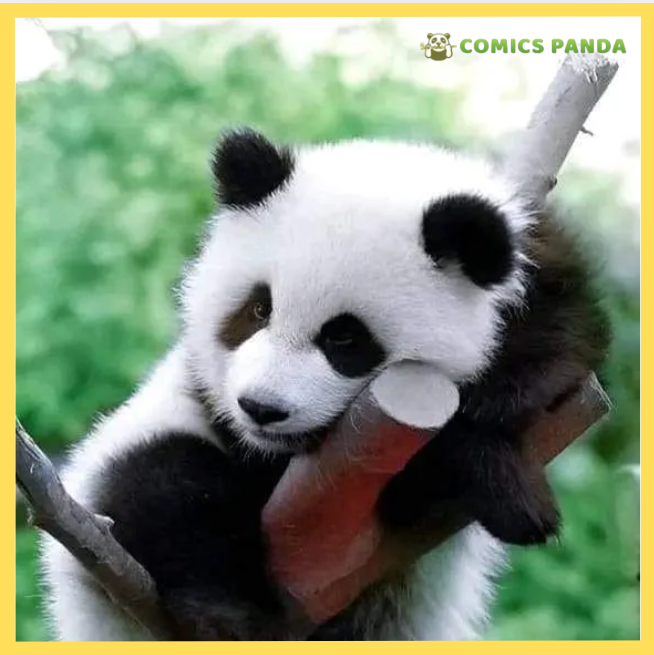
Panda in these cases, rarely make loud sounds – it’s not necessary. Their peacefulness, quiet forests, and slow way of life have made their communication something simple and peaceful. They use scent, soft sounds and soft movements to communicate with one another. Theirs is not a silence of emptiness, it is a silence of harmony. It enables them to live a safe and peaceful life in the mountains they call home even though they are still. Panda indicates that a true communication doesn’t always come from noise. Sometimes, it is from quiet understanding and balancing of living naturally with the world around you. If you liked the read on the blog, please do share with others as well as check our website to read more of such calm and interesting stories about wildlife.


